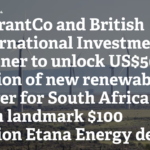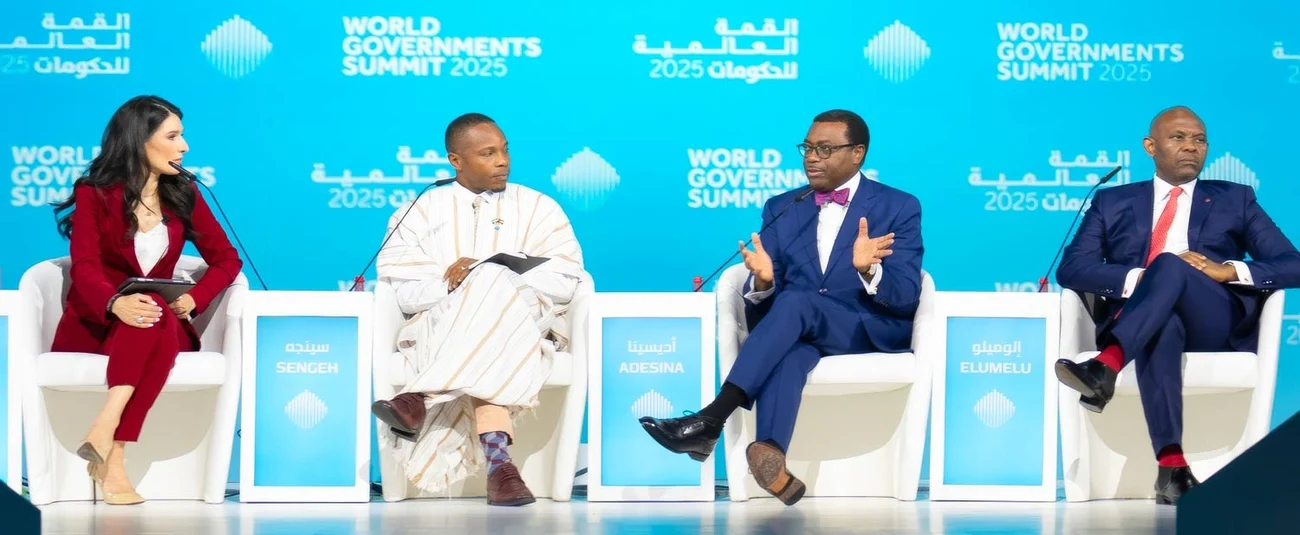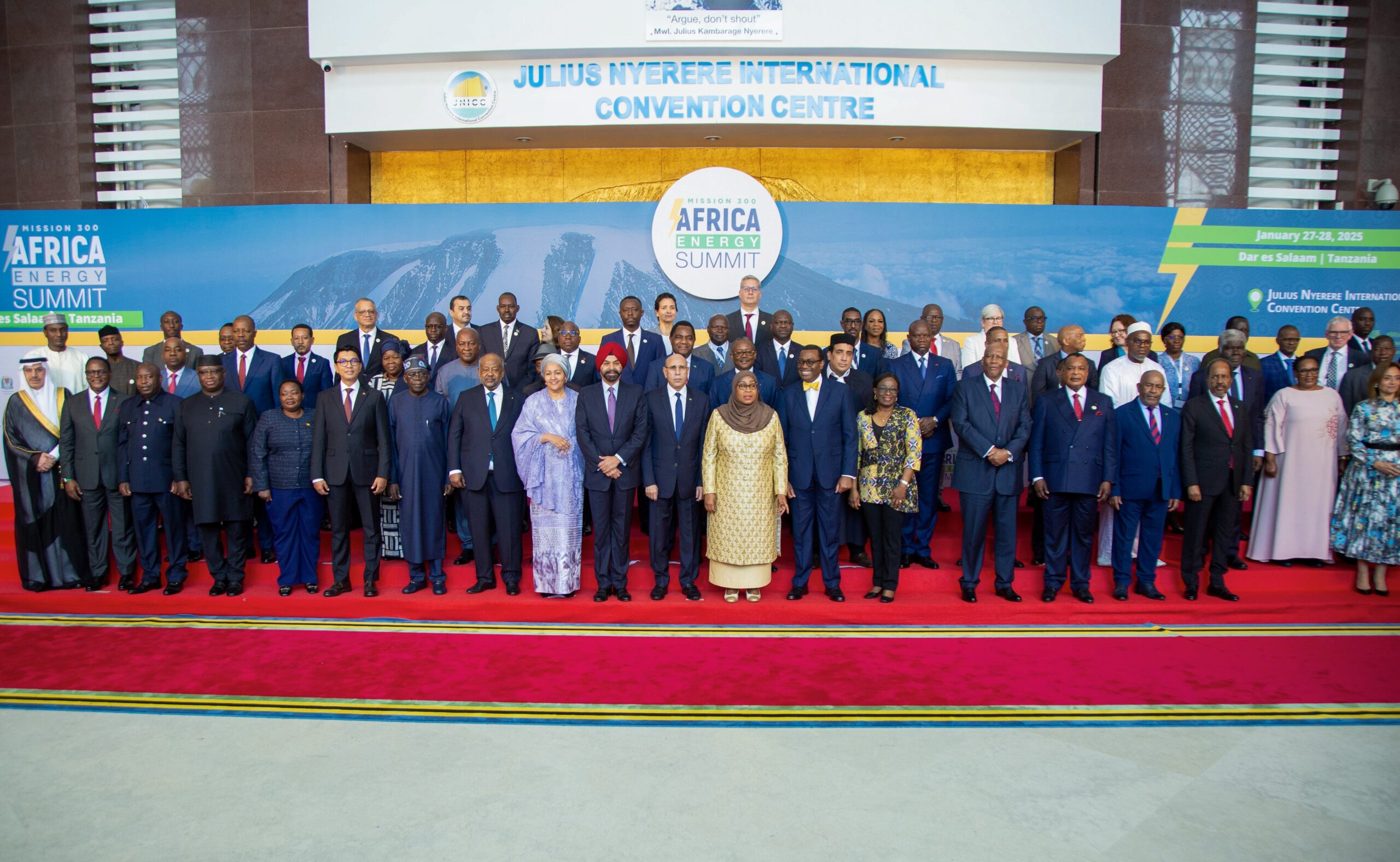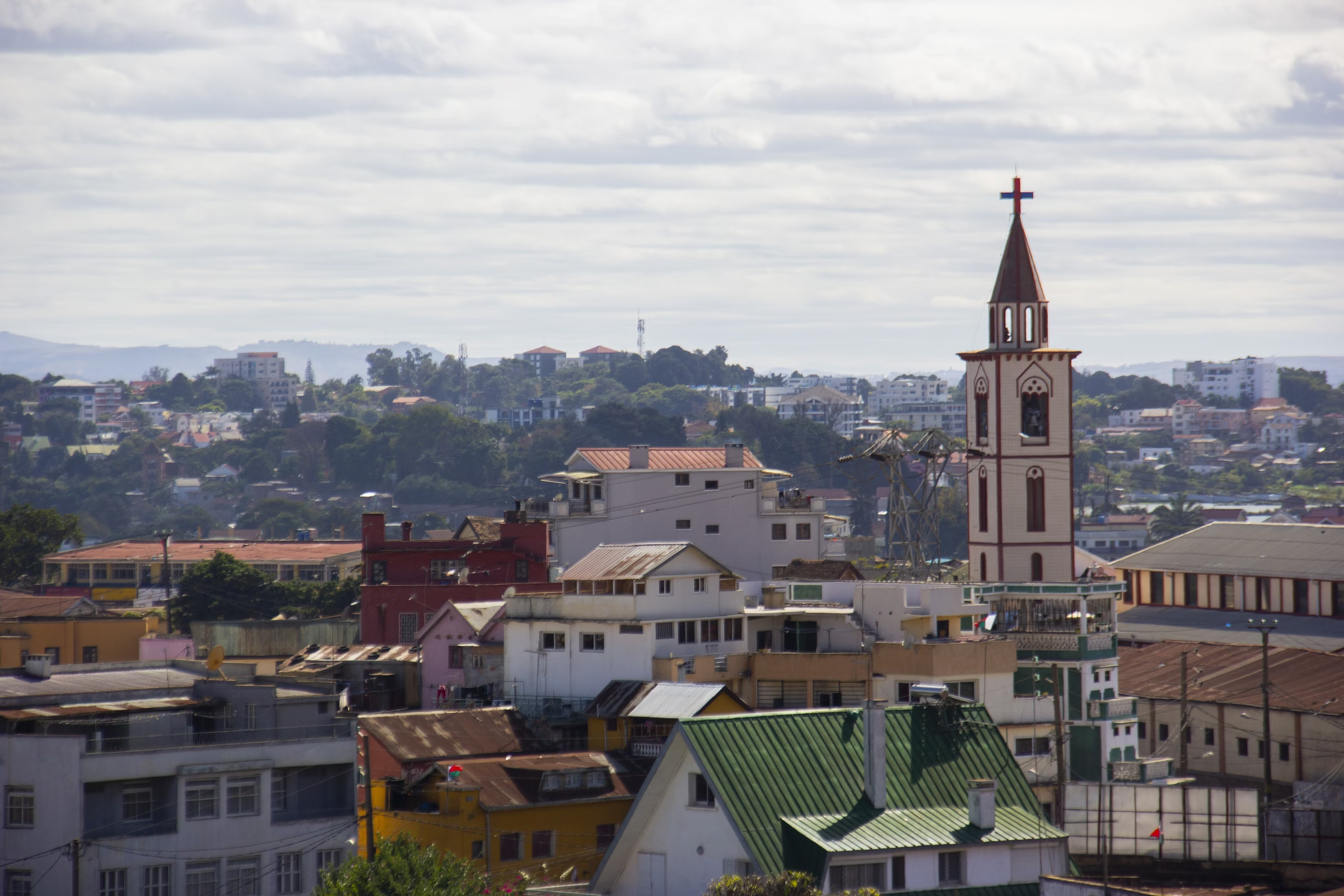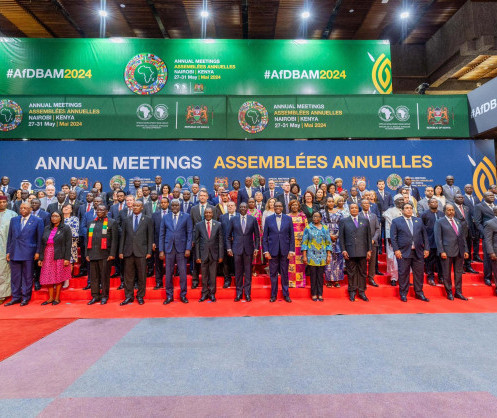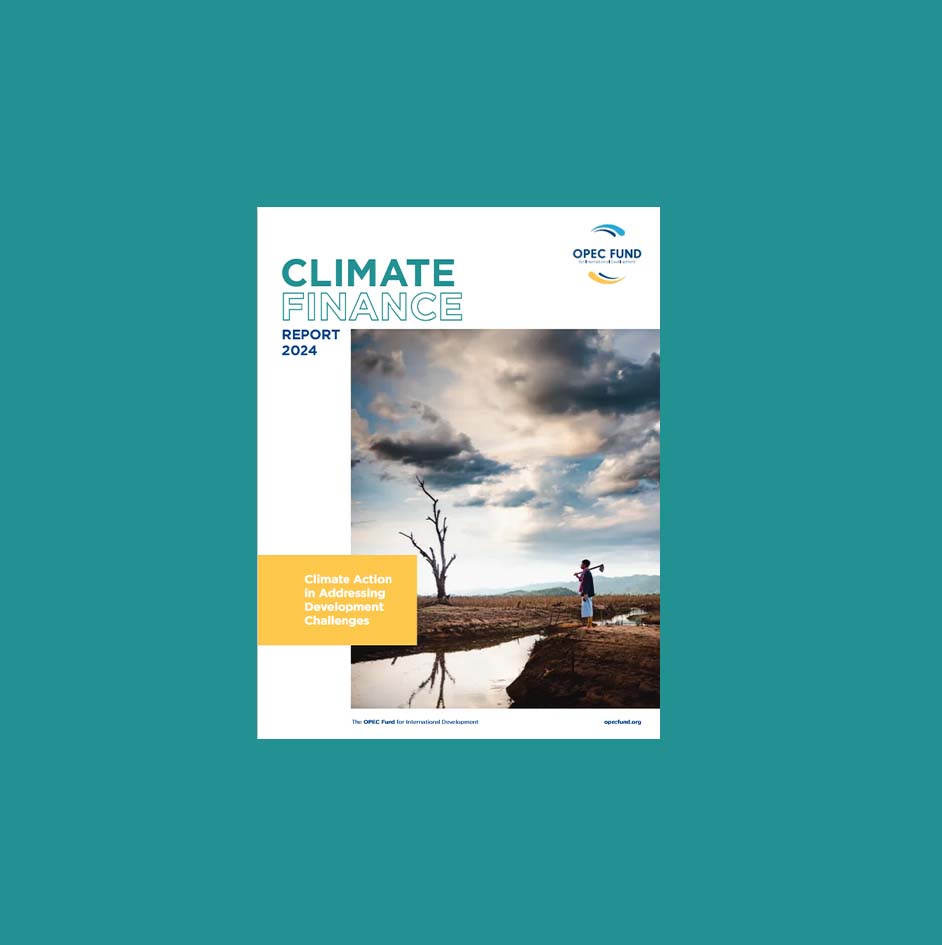United Nations Adopts Pact for the Future to Transform Global Governance
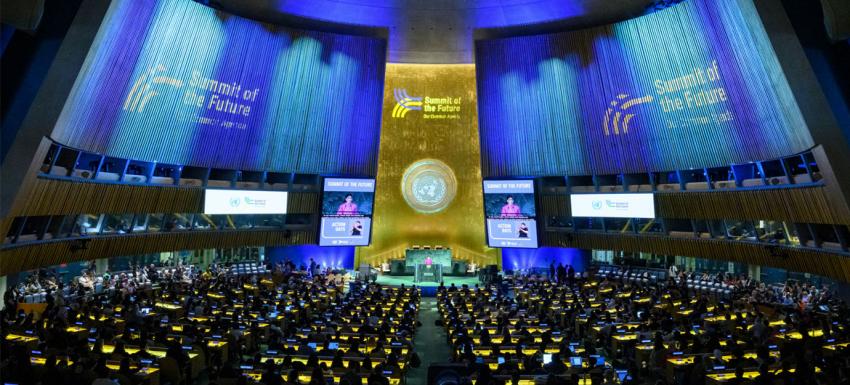
On September 22, 2024, world leaders at the United Nations adopted a landmark Pact for the Future, signaling a new era of global cooperation aimed at addressing the challenges of today and tomorrow. The wide-ranging agreement includes a Global Digital Compact and a Declaration on Future Generations, both designed to reshape international governance to reflect the modern world. The Pact represents the most significant international agreement in decades, tackling longstanding issues such as Security Council reform and introducing new commitments on digital governance, sustainable development, and human rights.
The Pact is a culmination of years of negotiation and collaboration among governments, civil society, and international organizations, and reflects a broad commitment to the United Nations and multilateralism. “We cannot create a future fit for our grandchildren with a system built by our grandparents,” said UN Secretary-General António Guterres at the opening of the Summit of the Future. He added, “The Pact for the Future, the Global Digital Compact, and the Declaration on Future Generations open the door to new opportunities and untapped possibilities.”
Key deliverables in the Pact address peace, security, climate change, and the transformation of global governance. One of the most notable aspects is a commitment to reform the United Nations Security Council for the first time since the 1960s. The reforms aim to increase the effectiveness of the Council, with a particular focus on redressing the under-representation of Africa. Furthermore, the Pact includes a recommitment to nuclear disarmament and a pledge to prevent an arms race in outer space, ensuring that all countries benefit from peaceful space exploration.
The Pact also addresses the rapidly evolving threat of new technologies, such as lethal autonomous weapons, and reaffirms the need for international laws of war to apply to emerging technologies. These steps are designed to curb the weaponization and misuse of cutting-edge innovations.
In the area of sustainable development, the Pact is closely aligned with the United Nations’ Sustainable Development Goals (SDGs). It proposes reforms to the international financial architecture to better represent the interests of developing countries. Among the key financial measures are steps to enhance the voice of developing nations in global decision-making, mobilize greater funding from multilateral development banks, and address sovereign debt challenges. There are also commitments to ensure financing for climate change adaptation and renewable energy investments, as well as a pledge to measure human progress in terms of well-being and sustainability, beyond traditional GDP metrics.
Digital cooperation is a major focus of the Pact, with the adoption of the Global Digital Compact, the first comprehensive international framework for digital governance. This compact aims to ensure equitable access to the internet and technology, with specific commitments to connect all schools, hospitals, and individuals to the internet. Additionally, it focuses on making online spaces safer, particularly for children, and introduces international governance frameworks for artificial intelligence (AI), including a roadmap for future AI regulation and an International Scientific Panel to oversee progress.
The Pact also breaks new ground with the Declaration on Future Generations, which sets out steps to ensure that decisions made today take the interests of future generations into account. This includes the possibility of appointing an envoy for future generations and creating meaningful opportunities for young people to participate in global decision-making.
Human rights and gender equality are also central to the agreement. The Pact strengthens commitments to human rights, calls for greater protection of human rights defenders, and emphasizes the importance of empowering women and gender equality. Additionally, it highlights the need for broader stakeholder engagement, involving local governments, civil society, and the private sector in global governance.
More than 4,000 leaders and stakeholders from governments, international organizations, and civil society participated in the Summit of the Future. Preceding the formal summit, the Action Days event from September 20-21 attracted over 7,000 participants, generating pledges of $1.05 billion for digital inclusion. The Pact sets the stage for follow-up actions to ensure that the commitments made at the Summit are fully implemented, offering a renewed path forward for international cooperation in an increasingly complex world.

CLIMATE & BUSINESS AFRICA
Handpicked stories, in your inbox
A daily newsletter with the best of our journalism


